Think you have crabgrass in your lawn? Let me be blunt: you’re wrong. Here in the Pacific Northwest, crabgrass is rarely a significant problem in lawns; in fact, even when it is you won’t notice it showing up until summer heat sets in. The fact is, if you think you have crabgrass in your lawn during the cooler spring months, it’s not crabgrass at all. It’s poa.
Somewhere back in lawn care history, someone thought they’d sound smart if they walked into a nursery and asked for a weed killer that would take care of crabgrass in their lawn. It’s the gardening equivalent of walking into your doctor’s office with the wealth of knowledge you found on WebMD. You’ll sound smart, but your self-diagnosis may be way off.
Don’t fault yourself, though–for better or worse, the term “crabgrass” has come to be used among gardeners today to describe a broad range of grassy weeds. The fact of the matter is, however, that the grassy weed you’re probably fighting in March, April and May is a different beast altogether, and it’s called poa annua, or annual bluegrass.
Poa is a cool-season grass, meaning it typically goes dormant during the heat of summer. This time of year, though, it’s rampant in spreading through our lawns. You’ll notice poa by the lighter green color of its foliage, a slightly broader blade than typical lawn grass, and a bright white seed head that appears while the grass is still short.
It’s that aspect–a seed head at a very low height–that allows poa to spread so readily. Even mowing your grass short will often miss most of the seed heads, and it regenerates so quickly that it will often go to seed just a few days after mowing.
So, now that you know it’s not crabgrass, what steps can you take to eliminate it from your lawn? Sadly, to date there’s no total cure; since poa is so genetically similar to lawn grasses, most weed killers that outright kill poa would also kill your lawn.
The best method to eradicate poa is prevention. Since poa is considered an annual grass, it won’t be a permanent part of your lawn (typically, a poa “plant” only lasts for a year or two before dying). If you can break the life cycle of it reseeding itself, you’ll have a good chance of eventually eliminating it from the lawn.
At Vander Giessen’s, we’ve found a very good pre-emergent (preventative) weed killer that is effective both in prevention and for killing recently-established poa seedlings. Bonide Crabgrass Plus is both a pre-emergent (meaning it kills weed seeds before they sprout) and post-emergent weed killer, but only for young plants. Keep in mind that this product will not kill larger, established areas of poa, but it will prevent it from spreading and kill recently-sprouted patches of poa. If you choose to use Crabgrass Plus, you’ll enjoy the benefits of poa control as well as prevention of many other common grassy and broadleaf weeds, including the aforementioned crabgrass!
Next time you’re ready to get advice on how to deal with the weeds in your lawn, be bold in asking for help, because now you know at least one of the weeds you’re dealing with…and trust me, it’s not crabgrass!


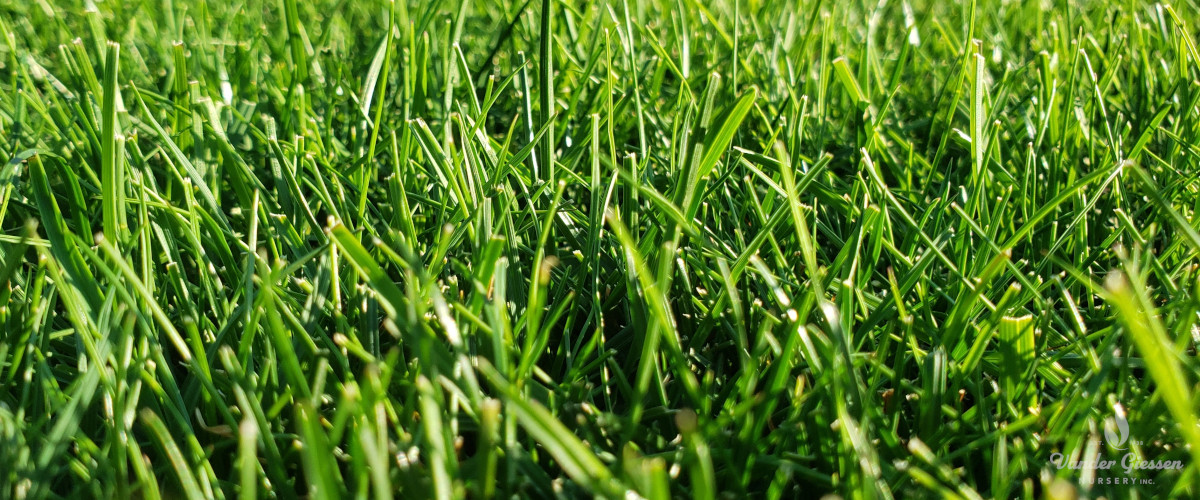
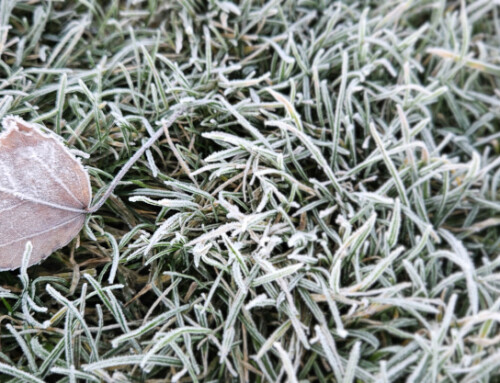
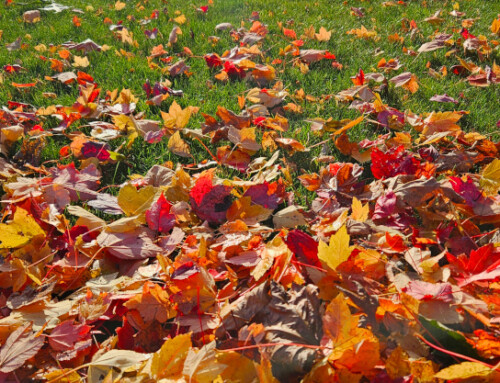
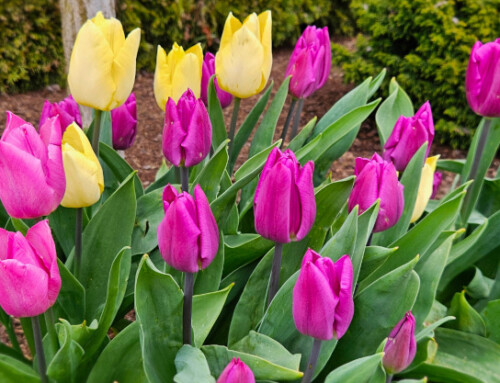
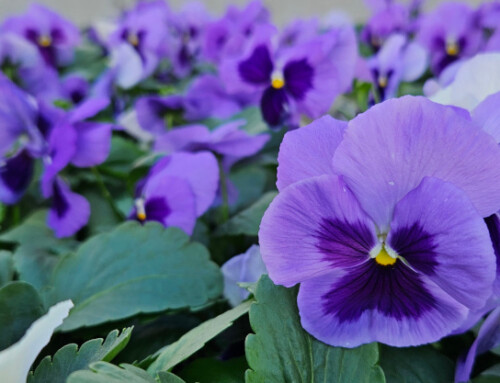
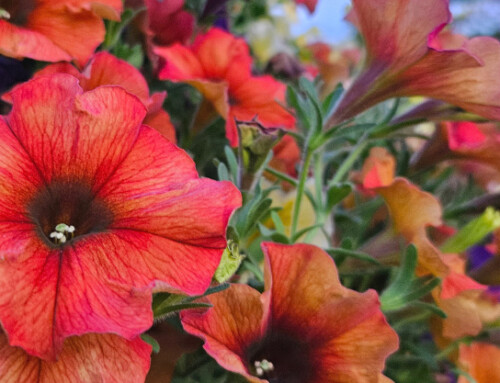
Thank you for interesting posts on this terrible weed infesting my front and back yards this year! I’m trying desperately since my Dad passed to measure up to the amazing way he kept my parents yards every year and believe me its hard to measure up to! I’ve been diligently trying to pull each one up by hand in the front yard! But back yard is covered! I’m going to try the product you suggested! Thanks again!
I don’t understand how I could possibly by grass seed from the store and end up with POA way and/or crab grass along with what other things I got and I put it down on bare ground after I clean everything out till the soil??
Hi Sherri, thank you for e-mailing us as well. As I mentioned in our e-mail correspondence, some lower-quality grass seed mixes available at stores may have weed seeds in them, including poa, unfortunately. You may also have had some poa seed that was dormant in the soil or blew in around the same time you seeded. Thankfully, with a product like Bonide Crabgrass Plus, you can eradicate the poa that’s in your lawn. And if you have a bad enough infestation of poa that you want to just start over, the grass seed we sell is weed free! 🙂
Thank you for this information! I too planted (cheep?) new grass seed in my entire (small) yard and seem to have this fake-crabgrass, Poa. My question is, can I use your Bonide pre-emergent in newly seeded grass? Don’t want to kill the good along with the bad!
Hi Rich, thanks for your question! Bonide Crabgrass Plus is safe to use only after your new grass has been up for at least 6 weeks (approximately 2 months after seeding). If it’s been at least that long, you should be safe to apply Crabgrass Plus, but be sure to read the directions on how much to apply, as it is a strong weed killer, and more is not better in this case!
I used Pennington smart seed, dense shade seed.
– Is Pennington considered cheap seed?
– More specifically, has it been known to have weed seed contamination, including poa annua?
I have a young child, I do my best to avoid chemicals.
– Is there another way for me to stop poa annua?
Your candid advice is appreciated.
Thank you
Hi Brandon, we don’t have a lot of experience with Pennington seed, so I’m afraid we can’t offer a lot of educated recommendations on that. As for avoiding chemicals in trying to control poa, the best non-chemical defense against poa is a healthy, thick lawn. Yearly overseeding of weak or thin areas, regular fertilizing (organic fertilizer if you’re avoiding synthetic lawn food), and mowing your lawn short enough to prevent poa from going to seed are your best bets. Of course, you can always take a bucket and pocket knife around and cut out any patches of poa you find as well!
Thank you for your response.
I received some new information and do not think it was the seed; it was likely from the compost I used during the seeding process.
That being said I will check out your seed for piece of mind.
I’ll continue to cut my grass short, bag it, and physically remove this plant from my yard.
Glad to know what I’m facing now.
Thanks again.
THANK YOU! I live in Seattle and have been wondering what this was for 2 years and just happened to come upon your blog post here – i will give your recommended control product a try.
Thanks, Jon! Glad to have been of help–thank you for reading!
I’m wondering if this is what is in my yard here in coastal South Carolina. In the spring it was bright green and full when everyone else’s yard was brown. As soon as it started to get warm, it turned brown and now my yard looks dead. Do I need to dig it all up or can I put seed on top of it?
Hi Christie! Given that you’re on the other side of the country from us (we’re located north of Seattle in Washington), we wouldn’t be the experts for grass in your area, but it does sounds like you have a cool-season grass like poa that’s invading your lawn. We would recommend contacting a local garden center that specializes in lawn care for their recommendations. Thank you! -David
POA also is a strong survivor , lowering your mowing height will only work for one mowing as the POA will grow back producing seed crowns equivalent to your cutting height. I’ve been fighting this for 30years. I learned a long time ago fromA close neighbor friend and meticulous lawn genie, that this stuff is so pervasive that he took out his entire lawn and replaced it with beautiful sod. Within a year it starts blowing in from neighbors and he would keep after it cutting it out and spot sodding. I’m not willing to do that but will be using your advice with these pre emergent treatments.
I am the Field Supervisor for Tuff Turf, Inc., a company that has been in business in Vancouver WA since 1980. I have over 30 years of experience in the Green Industry, all with Tuff Turf and, until five years ago or so I would have agreed with the statement we do not have crabgrass in the PNW (although how anyone with any knowledge of invasive grasses could mistake Poa Anna for crabgrass is beyond me, they look nothing alike).
The fact of the matter is, and trust me on this, crabgrass has become a huge problem in Clark County WA. We are seeing more and more of it in our clients lawns, in waste areas and along roadsides. It has become such a problem we are currently developing a program for controlling it. Drive XLR8 has shone itself to be very effective in a two application program for controlling existing crabgrass. We will follow up with pre-emergent applications to keep the crabgrass out once we eradicate it. Timing logistics with over-seeding, aeration and thatching will all have to be worked out, but crabgrass is here to stay and we have a lot of clients that want it gone from their lawns and beds.
Good comments! I agree that poa and crabgrass look nothing alike, but unfortunately, many people have been taught that any grassy weed is simply “crabgrass”. And yes, crabgrass is a problem in the Pacific Northwest, but not a visible, ugly nemesis in early spring, when this blog post was written. Here in far Northwest Washington, we typically only see it rear its ugly head in July and August, whereas poa tends to look unsightly just about year-round. So yes, crabgrass is a problem in Washington, but much less so here in Whatcom County than poa is.